Anum Ali
Near or far: On determining the appropriate channel estimation strategy in cross-field communication
Jun 09, 2024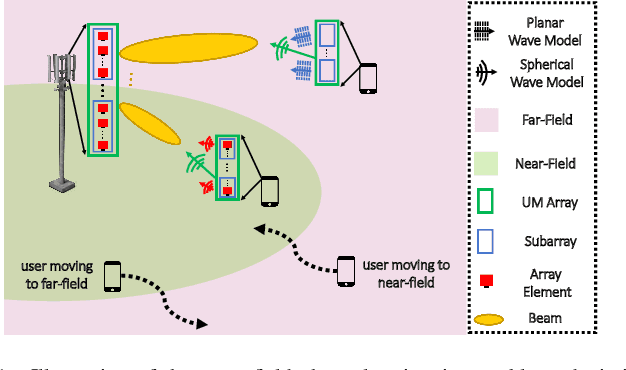
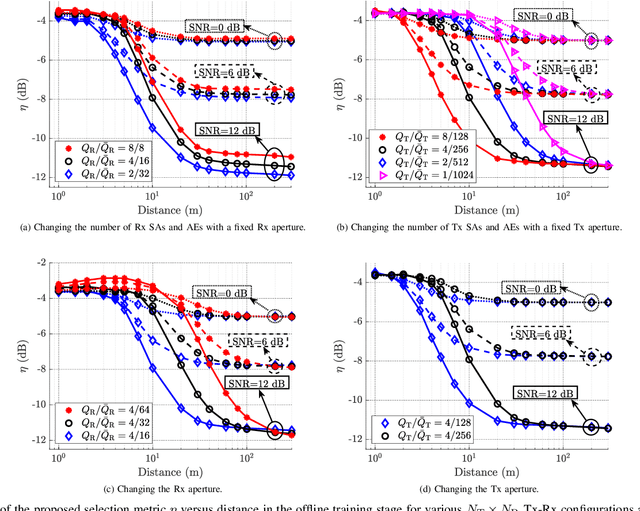
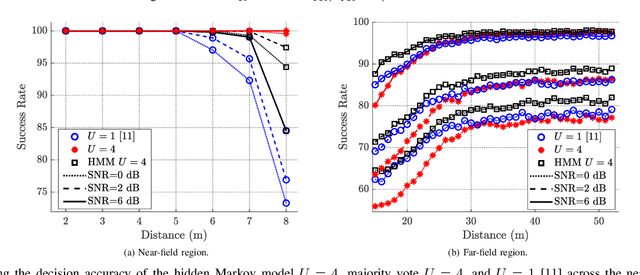
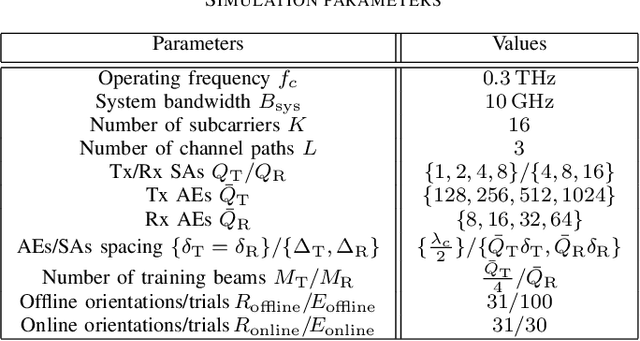
Abstract:The use of ultra-massive multiple-input multiple-output and high-frequency large bandwidth systems is likely in the next-generation wireless communication systems. In such systems, the user moves between near- and far-field regions, and consequently, the channel estimation will need to be carried out in the cross-field scenario. Channel estimation strategies have been proposed for both near- and far-fields, but in the cross-field problem, the first step is to determine whether the near- or far-field is applicable so that an appropriate channel estimation strategy can be employed. In this work, we propose using a hidden Markov model over an ensemble of region estimates to enhance the accuracy of selecting the actual region. The region indicators are calculated using the pair-wise power differences between received signals across the subarrays within an array-of-subarrays architecture. Numerical results show that the proposed method achieves a high success rate in determining the appropriate channel estimation strategy.
Cross-Field Channel Estimation for Ultra Massive-MIMO THz Systems
May 23, 2023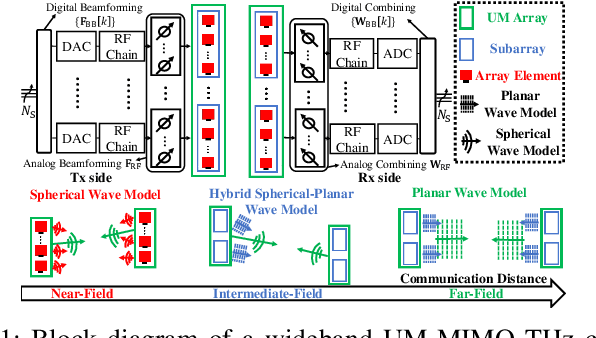
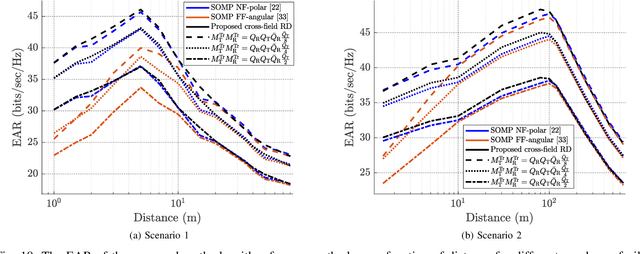
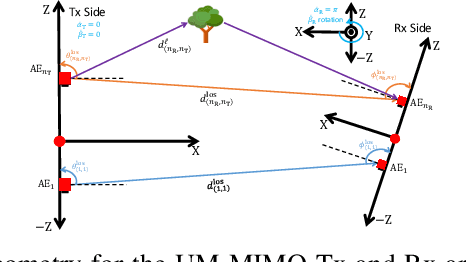
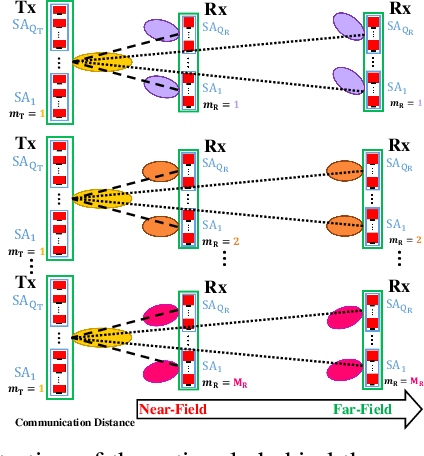
Abstract:The large bandwidth combined with ultra-massive multiple-input multiple-output (UM-MIMO) arrays enables terahertz (THz) systems to achieve terabits-per-second throughput. The THz systems are expected to operate in the near, intermediate, as well as the far-field. As such, channel estimation strategies suitable for the near, intermediate, or far-field have been introduced in the literature. In this work, we propose a cross-field, i.e., able to operate in near, intermediate, and far-field, compressive channel estimation strategy. For an array-of-subarrays (AoSA) architecture, the proposed method compares the received signals across the arrays to determine whether a near, intermediate, or far-field channel estimation approach will be appropriate. Subsequently, compressed estimation is performed in which the proximity of multiple subarrays (SAs) at the transmitter and receiver is exploited to reduce computational complexity and increase estimation accuracy. Numerical results show that the proposed method can enhance channel estimation accuracy and complexity at all distances of interest.
Beam Management with Orientation and RSRP using Deep Learning for Beyond 5G Systems
Feb 04, 2022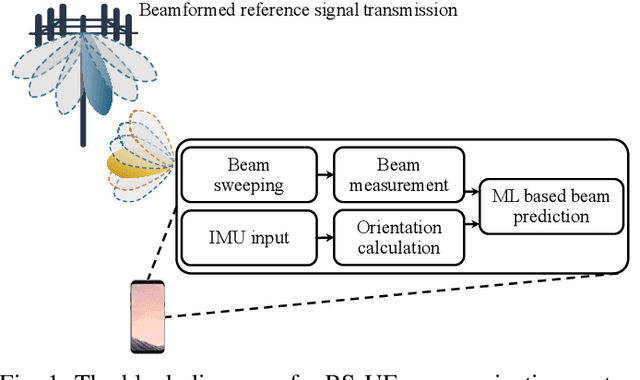
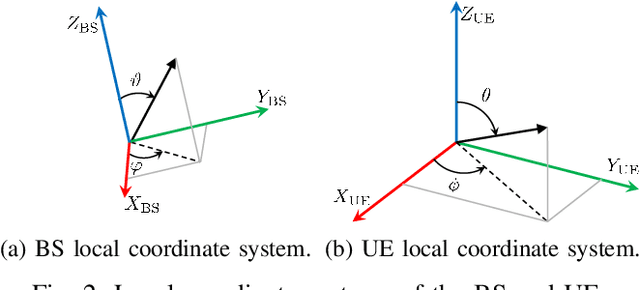

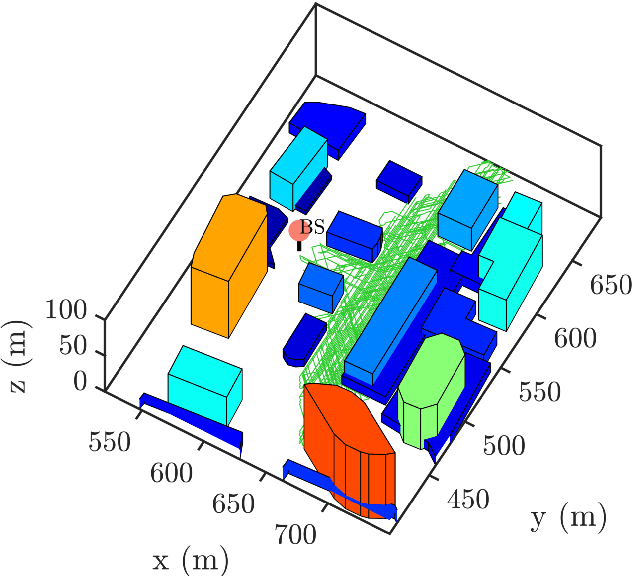
Abstract:Beam management (BM), i.e., the process of finding and maintaining a suitable transmit and receive beam pair, can be challenging, particularly in highly dynamic scenarios. Side-information, e.g., orientation, from on-board sensors can assist the user equipment (UE) BM. In this work, we use the orientation information coming from the inertial measurement unit (IMU) for effective BM. We use a data-driven strategy that fuses the reference signal received power (RSRP) with orientation information using a recurrent neural network (RNN). Simulation results show that the proposed strategy performs much better than the conventional BM and an orientation-assisted BM strategy that utilizes particle filter in another study. Specifically, the proposed data-driven strategy improves the beam-prediction accuracy up to 34% and increases mean RSRP by up to 4.2 dB when the UE orientation changes quickly.
Sub-Chain Beam for mmWave Devices: A Trade-off between Power Saving and Beam Correspondence
Dec 23, 2021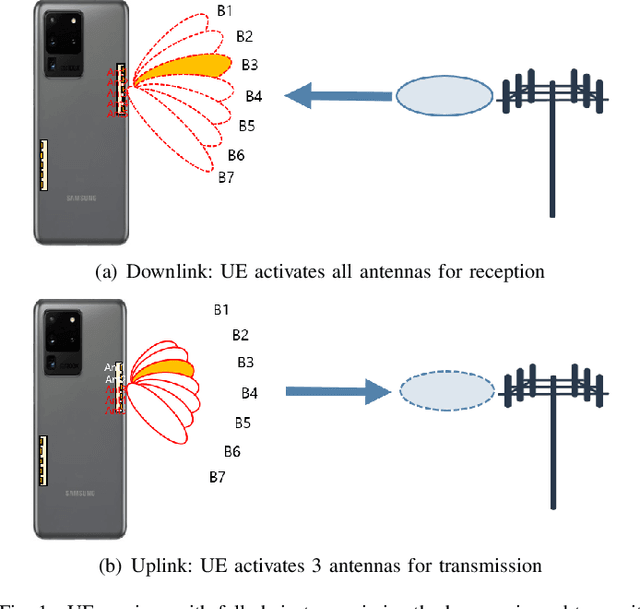
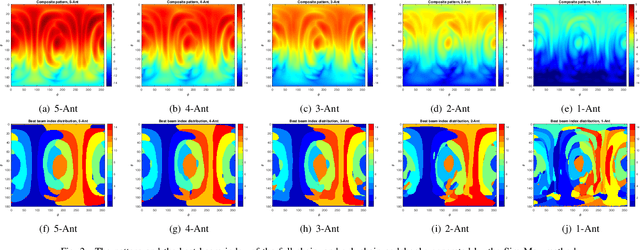
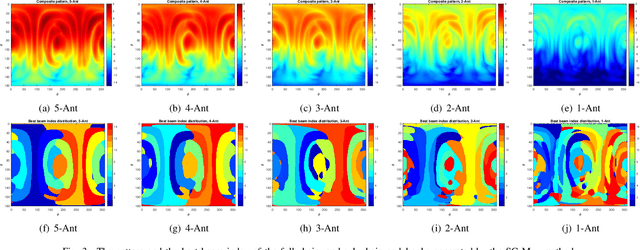
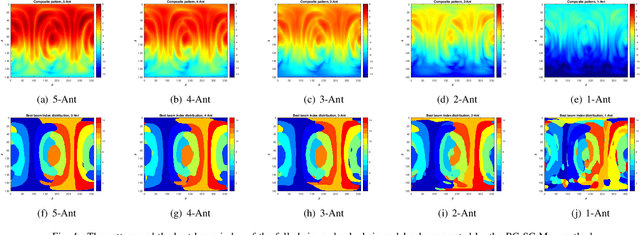
Abstract:Beam correspondence, or downlink-uplink (DL-UL) beam reciprocity, refers to the assumption that the best beams in the DL are also the best beams in the UL. This is an important assumption that allows the existing beam management framework in 5G to rely heavily on DL beam sweeping and avoid UL beam sweeping: UL beams are inferred from the measurements of the DL reference signals. Beam correspondence holds when the radio configurations are symmetric in the DL and UL. However, as mmWave technology matures, the DL and the UL face different constraints often breaking the beam correspondence. For example, power constraints may require a UE to activate only a portion of its antenna array for UL transmission, while still activating the full array for DL reception. Meanwhile, if the UL beam with sub-array, named as sub-chain beam in this paper, has a similar radiation pattern as the DL beam, the beam correspondence can still hold. This paper proposes methods for sub-chain beam codebook design to achieve a trade-off between the power saving and beam correspondence.
Mean-square Analysis of the NLMS Algorithm
Aug 08, 2021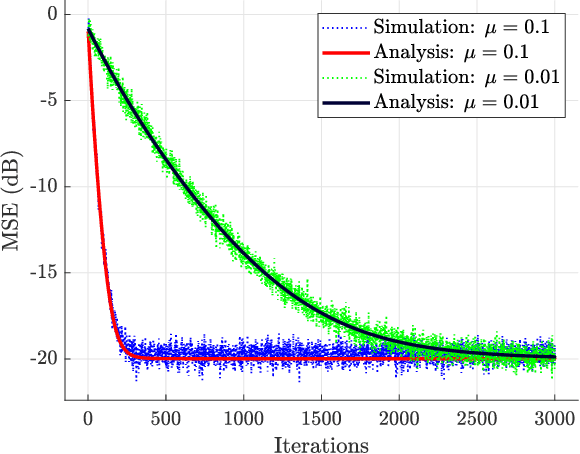
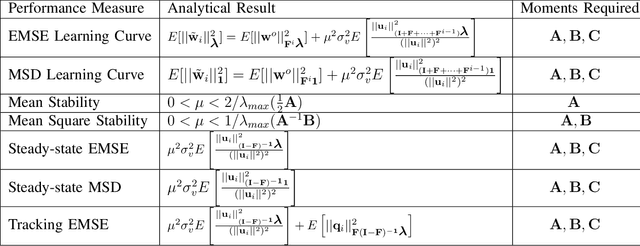
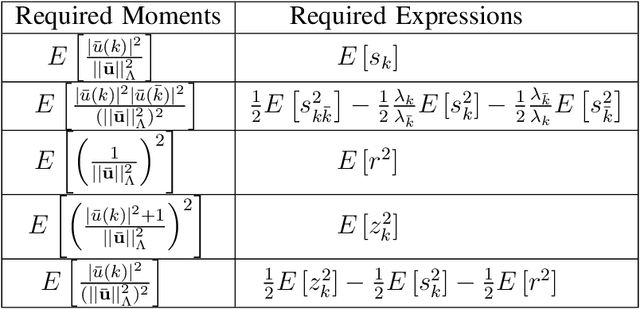
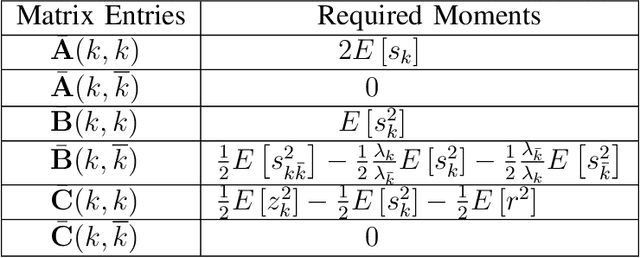
Abstract:This work presents a novel approach to the mean-square analysis of the normalized least mean squares (NLMS) algorithm for circular complex colored Gaussian inputs. The analysis is based on the derivation of a closed-form expression for the Cumulative Distribution Function (CDF) of random variables of the form $(||{\bf u}||_{{\bf D}_1}^2)(||{\bf u}||_{{\bf D}_2}^2)^{-1}$ where ${\bf u}$ is an isotropic vector and ${\bf D}_1$ and ${\bf D}_2$ are diagonal matrices and using that to derive some moments of these variables. These moments in turn completely characterize the mean-square behavior of the NLMS algorithm in explicit closed-form expressions. Specifically, the transient, steady-state, and tracking mean-square behavior of the NLMS algorithm is studied.
 Add to Chrome
Add to Chrome Add to Firefox
Add to Firefox Add to Edge
Add to Edge